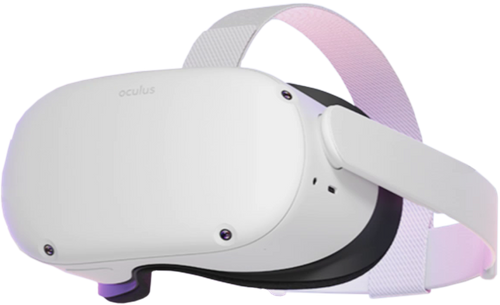Guardian Intrusion detection is getting a big upgrade.
What you need to know
- Guardian Intrusion Detection detects when an object enters your play area while you have your headset on.
- Space Space sense does this too, only it will also show you an outline of the object, pet or person in real-time.
- This was datamined a while ago.
In the Oculus v32, the latest iteration of the Oculus operating system, Facebook and Oculus finally introduced an anticipated feature that's seemingly been in the works for a while. The new feature, Space Sense, automatically detects when something (or someone) is in the play area or enters it and then tells the player by displaying a model of said person, pet or object in the game.
Guardian Intrusion Detection got replaced with Space Sense in the v32 Oculus Quest update pic.twitter.com/2pNHrptX8P
— Bastian :D (@Basti564) September 11, 2021
The feature uses the cameras attached to the front of the Quest to help keep your play area safe. Of course, this is a relatively new feature, so it comes with some limitations; first, you need to be directly facing whatever is in your play area for Space Sense to actually pick it up. Second, Space Sense only detects objects that are within nine feet of the headset. You can also toggle these settings to display more or less detailed renders of the objects in your play area, as well as toggle Space Sense's range.
First spotted by dataminers, this replaces the long-standing Quest feature, Guardian Intrusion Detection, which also notified players when there was something in their play space, but didn't display who or what it actually was. Instead, pausing a game or showing a simple notification to the player. Quest devotees might recognize the feature, as dataminers found it in the code for a previous update to the Quest's firmware.
Always getting better
Oculus Quest 2
$299 at Amazon $299 at Best Buy $299 at Walmart
It keeps getting better with each update
The Oculus Quest 2 offers almost everything that you could ask for from a VR headset like an impressive display and refresh rate, easy setup, and portability. Every update also promises to make it even better over time.
Source: androidcentral

